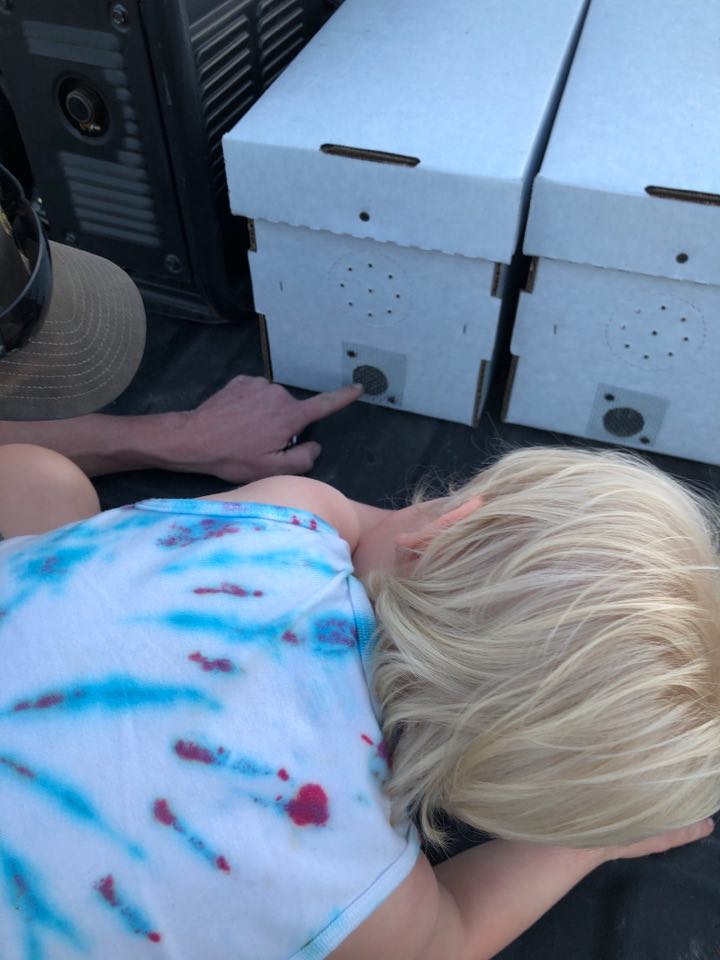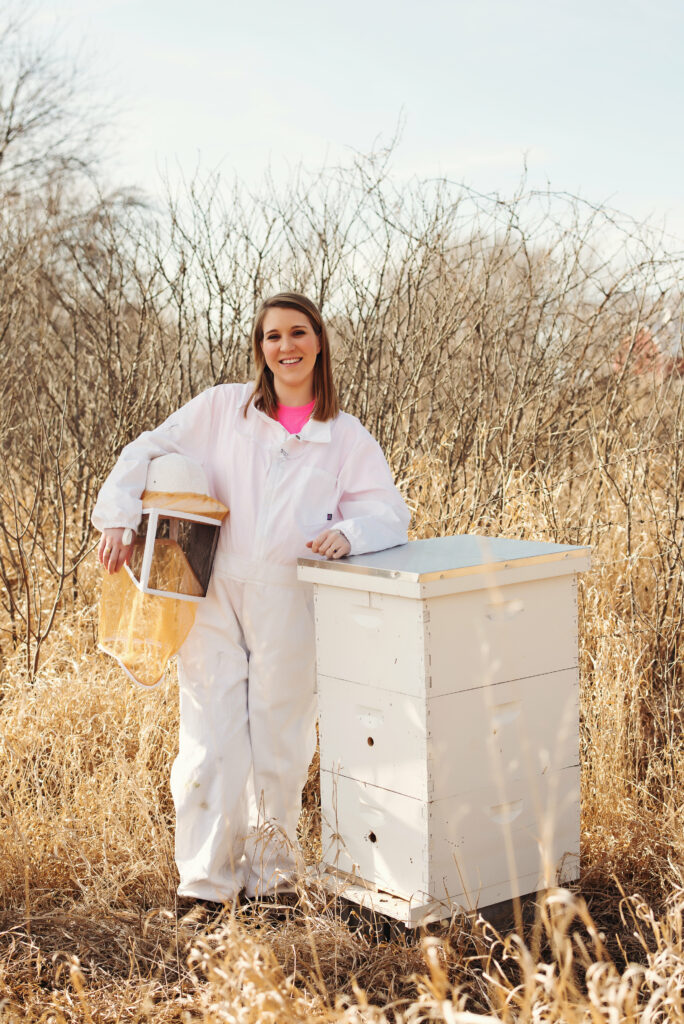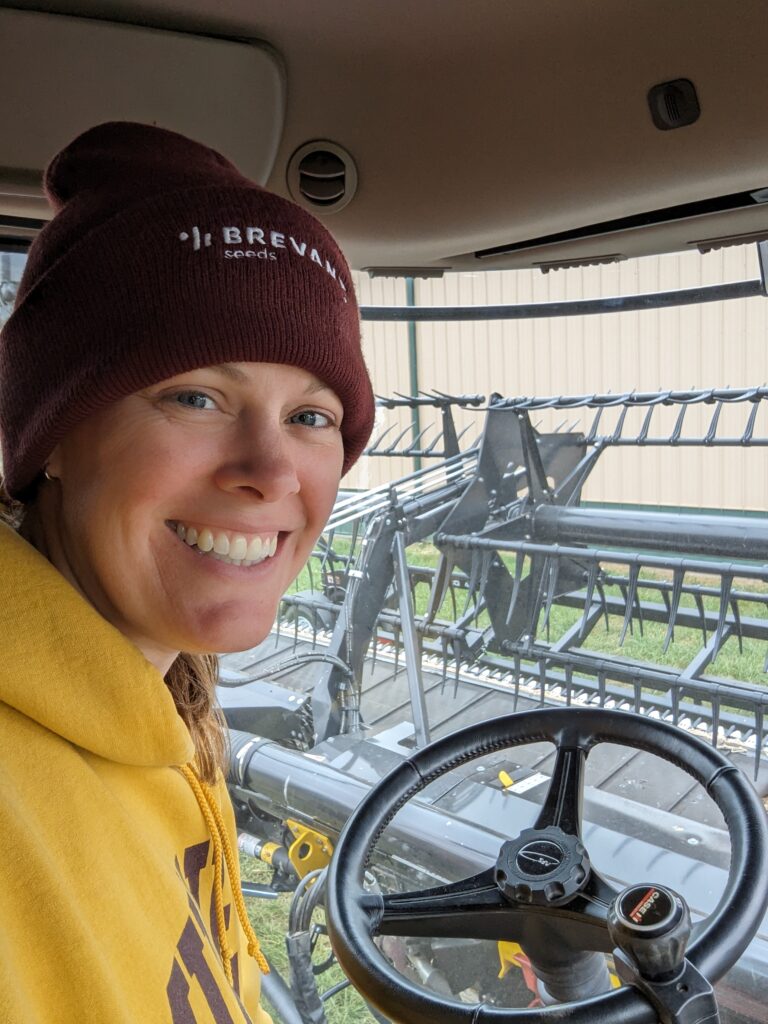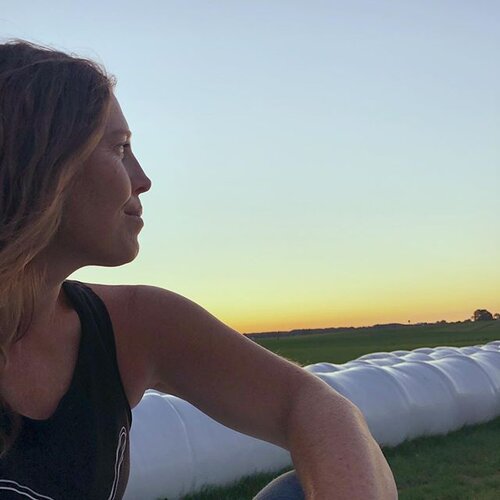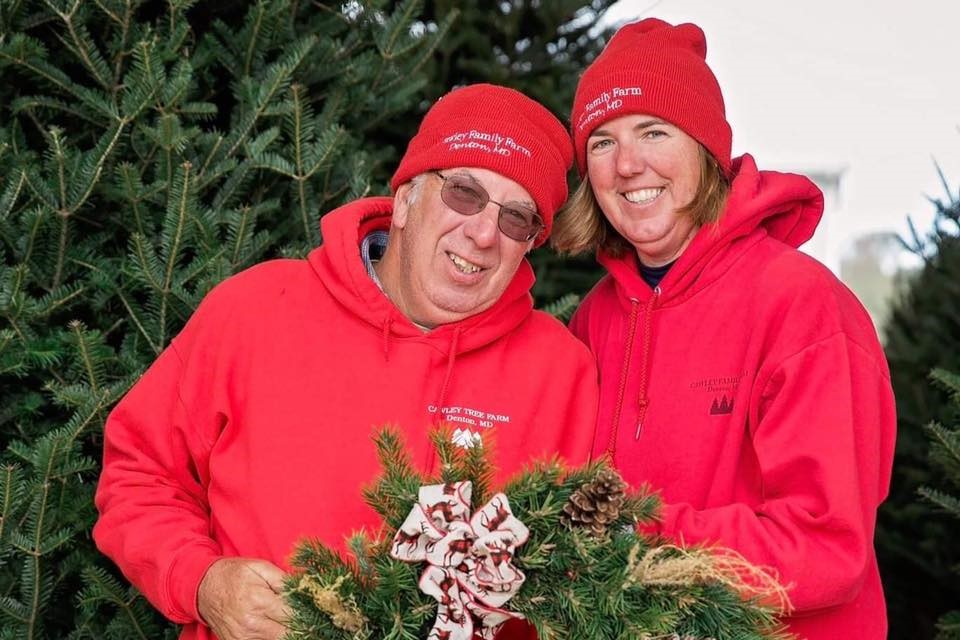Minnesota Farmer and Italian Beekeeper Sara Hewitt
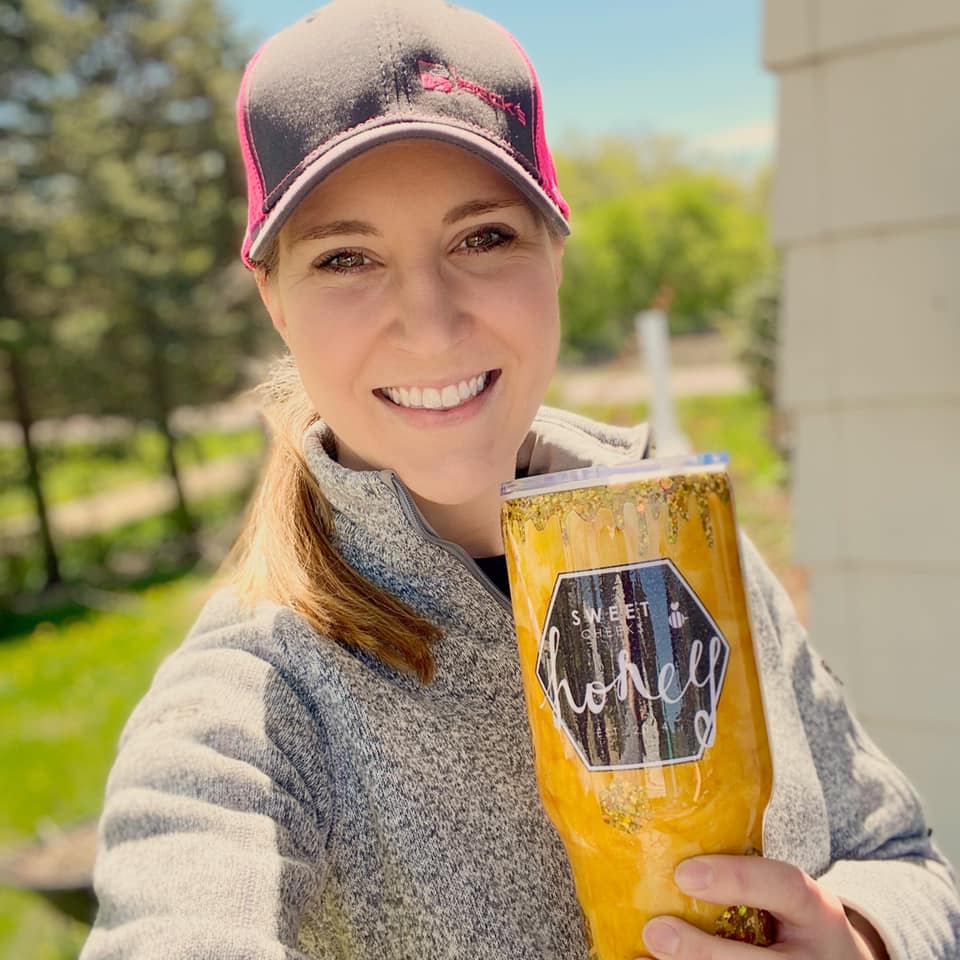
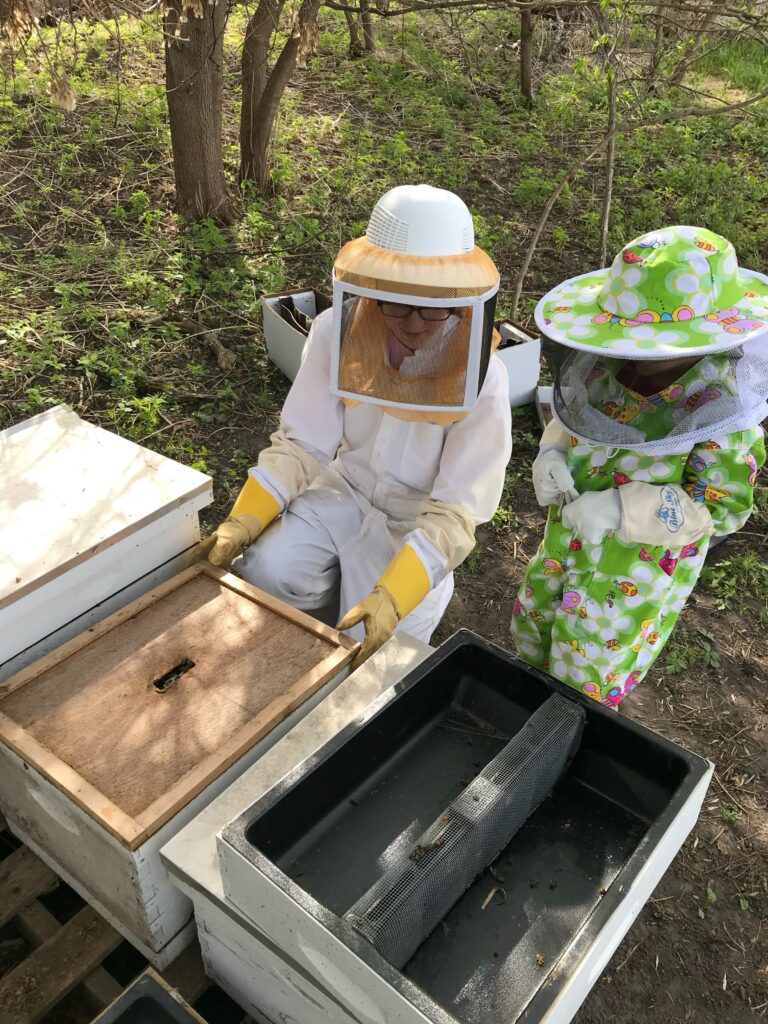
Sara shares 3 little-known facts about honey bees that only beekeepers can tell you.
There are so many great things about honey bees. I enjoy raising them on our farm in southern Minnesota. Here are three fun facts that we love to share with visitors.
First, bees require food and water just like any other livestock. While they can fly up to a five miles radius for a water source, this puts undue pressure on the hive. Instead, we provide a water source within one mile of our hives like a creek or a lake. We winter our bees here on the farm instead of sending them south, so we feed them sugar water every seven to ten days to get them going in the spring. We also provide spring pollen patties to provide nutrients to jump start brood production for a stronger hive. Once flowers are blooming in Minnesota, we don’t have to feed them. Then before the winter months we give them winter patties as an extra food source during the frigid winter temps.
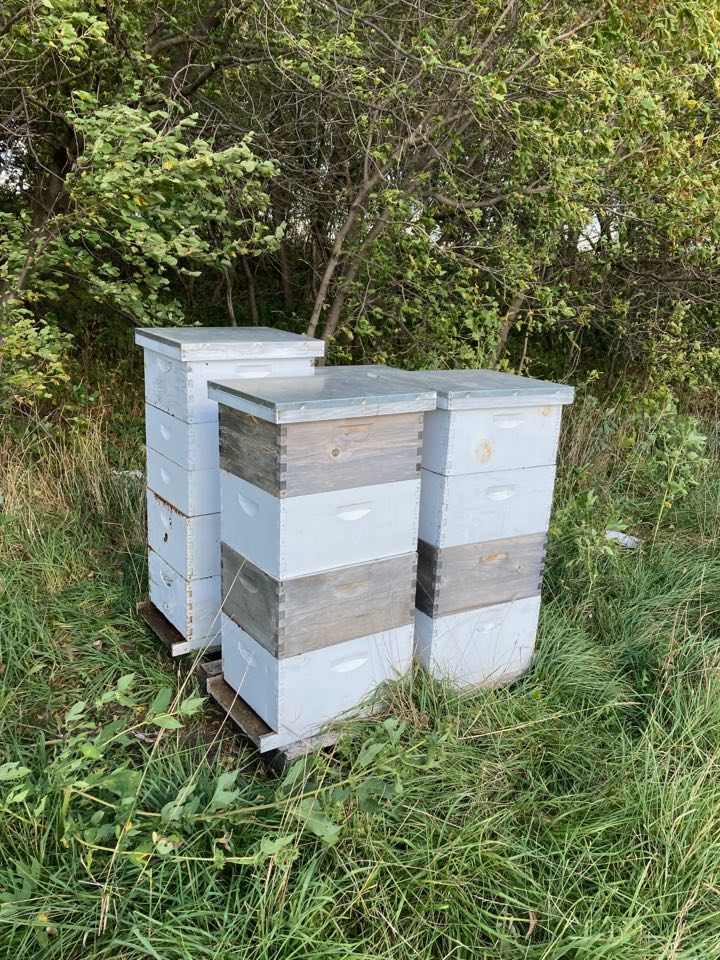
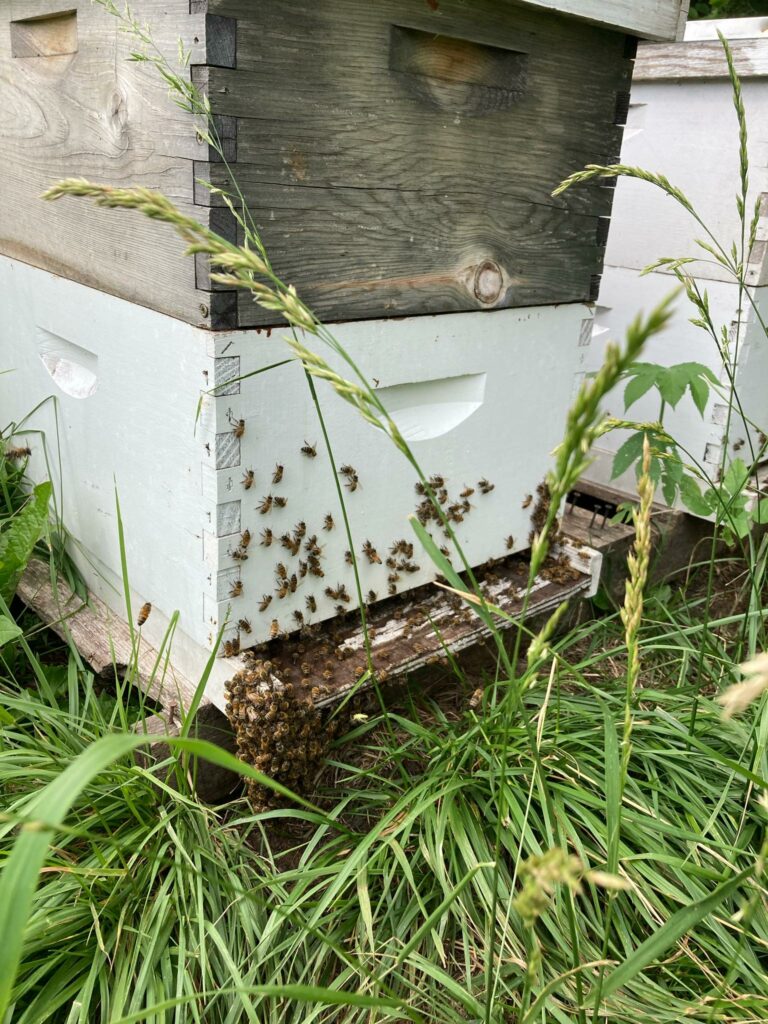

Second, honey bees actually prefer certain types of flowers for gathering pollen and nectar. They have favorite foods, too! Our Italian honey bees seem to like our clover and catnip plants the best during the spring season. That’s where they go first. When fall arrives, they seek out goldenrod and sedum. Their favorites can depend on what is blooming, what has a strong pollen or nectar source, the nutrition in the pollen or nectar, and even the bloom color. Other breeds may prefer different food sources depending on their hive needs and location. For example, we used to have Russian honey bees who helped pollinate a watermelon patch – they are very responsive to their environment so whatever was blooming in very close proximity was what they foraged on, thus making them a good choice for helping pollinate a watermelon field.
Third, honey stores in the hive are an important food source for all of the bees. Bees turn the nectar they gather into honey in the hive and store it in capped cells. But the queen can lay eggs in the same frames that honey cells are in, which impacts the honey quality we sell. That’s why we use queen excluders1 in our hives. It keeps the queen out of the honey frames but allows the worker bees in the top portions of our hives, which is the pure honey we sell through our company Sweet Cheeks Honey.
We love talking about bees! If you are interested in bringing an observation hive to a school classroom or an event, connect with us here. Our observation hives give students and adults the ability to see a hive close-up without the need for protective gear.
1A device used by beekeepers to prevent the queen bee from gaining access to a specific area of the hive.
